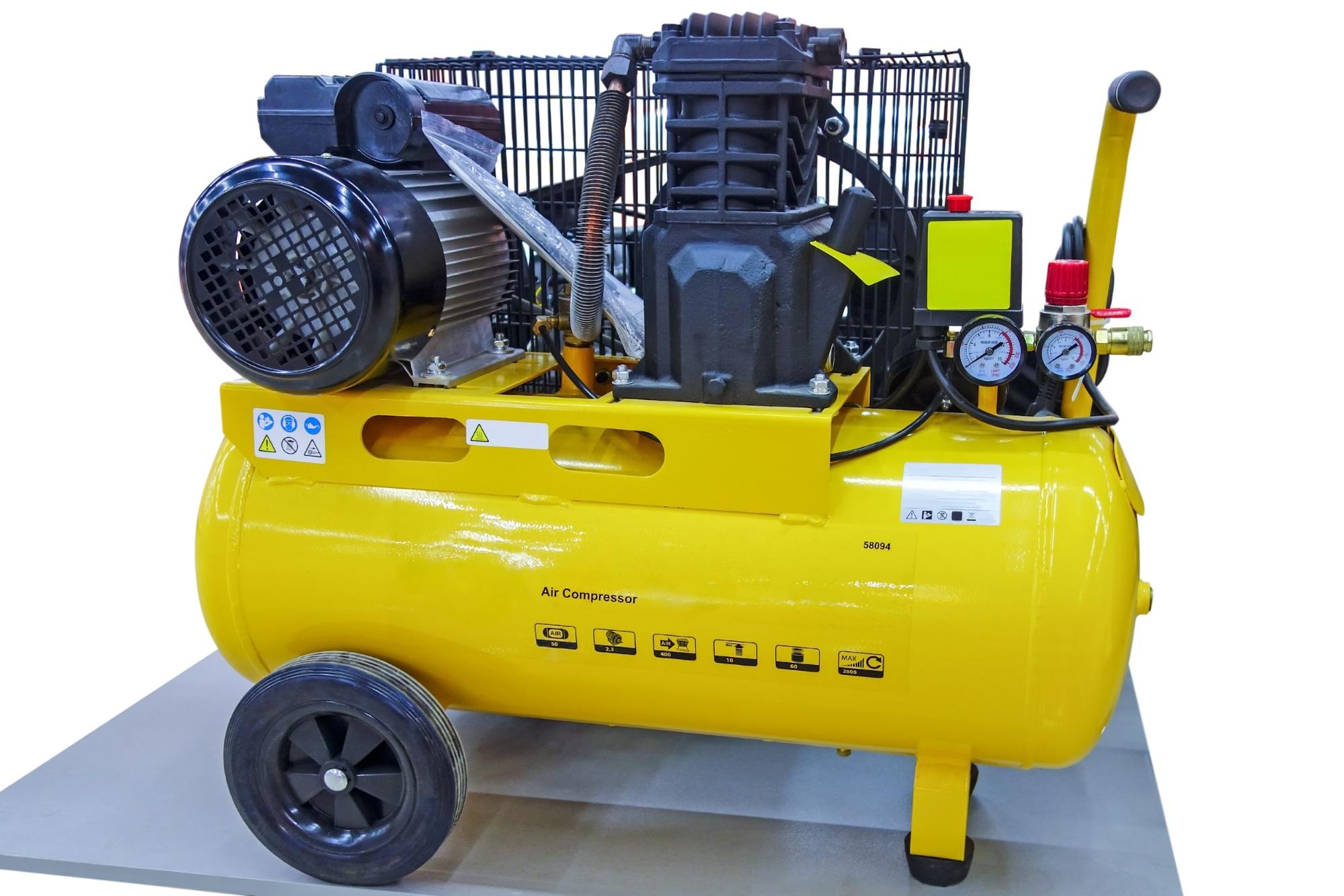It used to be that severe storms were relatively rare. Unfortunately, in our changing world, many of the storms that used to only come along once every hundred years or more are becoming more common. From hurricanes to tornadoes and high wind storms called derechos, we’re dealing with more extreme weather than ever before.
All of that wind, rain, hail, and snow can wreak havoc on your home. Even if everything seems okay, it’s still a good idea to check the things on this list to make sure no repairs need to be made when the sun comes out.
Take a Close Look at the Roof
The roof is your home’s biggest protection against storms. It also happens to be the area of your home that sustains the most damage after a severe weather event. Make sure you take the time to look closely at your roof as soon as you are able.
Things you’ll want to look for include:
- Debris on the roof that needs to be removed
- Missing, broken, cracked, or peeling shingles
- Loose or dented chimney flashing
If anything looks amiss, make sure you take care of it as soon as possible. That might mean getting rid of branches on the roof, replacing shingles, or replacing your roof altogether. If you’re ready to replace your roof, consider a metal roof. With some roof warranties that last 50 years, you may never have to worry about your roof getting damaged in a storm again!
Watch Your Gutters
It’s easy for your roof to get damaged in a storm, but it’s also easy for your gutters to get damaged. Not only can falling limbs damage your gutters, but all that rain water flowing through your gutters can cause stress which can eventually cause them to sag or warp, making them less effective.
Watch your gutters as the water flows through them and see if there are any drips or overflowing water where there shouldn’t be. When the weather is nice enough, get up there and clean out your gutters. That way debris from the latest storm doesn’t cause clogs that will make you have to replace your gutters sooner than you should.
Inspect Your Windows
It’s always a good idea to inspect your windows after a storm. Although a storm may not break the glass, if you look closely, you may notice cracks or hairline fractures that can compromise your windows and make your home less energy efficient.
Are the cracks around your window damp after a storm? Does the room seem humid? Even if you don’t see anything right away, just having a storm may be a good reason to replace your windows if they are old. New windows can protect against storm damage, and they can lower your utility bills.
Look for Standing Water Inside and Out
Head to the basement after a good storm to make sure there is no water in the basement, but make sure you inspect crawl spaces, underneath decks, and your yard for standing water too.
Puddles that gather outside can signify a drainage problem and standing water inside can cause mold. If it isn’t addressed, it can wreak havoc on your home’s foundation and impact your family’s health.
Sump pumps can be used to remove water inside, while considering new drainage strategies may be necessary outside. Some ways to prevent soggy spots in your yard include:
- Divert water underground with a French drain
- Change the slope of your yard
- Raise patios and sidewalks
- Create a rain garden to soak up more water
Check Fencing and Exterior Structures
Take a minute to check the fence in your yard, especially if you have young children or pets. You don’t want them sneaking out of a hole or crack that developed after a storm!
Don’t forget to check other exterior structures too. That means doing a once-over of your garage to look for damage, but you should also inspect children’s play structures. They can become compromised due to the rain and falling debris, making them unsafe. When the storm passes, you should also clean wooden playsets. That way damp, damaged wood doesn’t become the perfect home for bugs.
Just because all seems well after a storm doesn’t mean everything is as it seems. It’s important to take the time to check your home’s roof, gutters, yard, and other areas to make sure nothing has been damaged and nothing is leaking. When you take care of issues as soon as they happen, you’re less likely to experience serious problems in the future.






